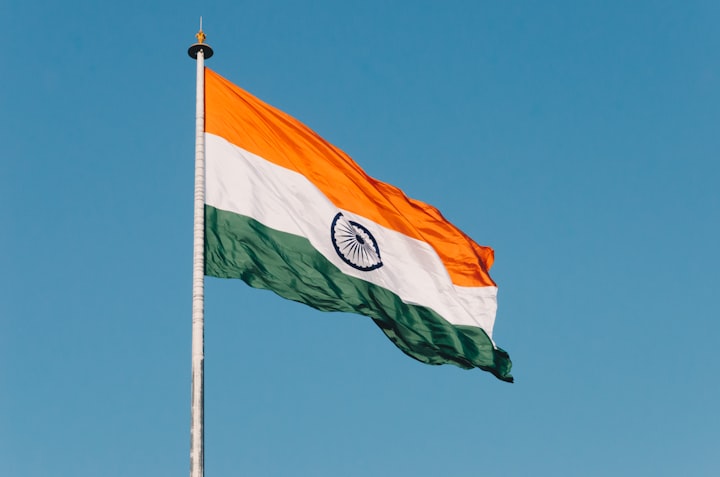India Set to Become the World's Most Populous Country
Young and Rapidly Growing Workforce: The Impact of India's Demographic Shift on Employment and Economic Growth

A nation's strength ultimately consists in what it can do on its own, and not in what it can borrow from others.
- Indira Gandhi
India is set to become the world's largest population country by 2027, overtaking China, according to the United Nations. India's population stands at approximately 1.39 billion people, and it is projected to reach 1.7 billion by 2050. This demographic shift has both benefits and challenges for India, such as a demographic dividend for economic growth and development, but also challenges such as strain on resources and infrastructure, lack of employment opportunities, environmental implications, and healthcare system challenges. India will need to invest in resources and infrastructure, create more job opportunities, protect the environment, and improve its healthcare system to ensure that all citizens have access to the basic needs and services they require.
Introduction:
India is set to become the world's largest population country by 2027, overtaking China, according to the United Nations. As of 2021, India's population stands at approximately 1.39 billion people, and it is projected to reach 1.7 billion by 2050. This demographic shift has both benefits and challenges for India, and it is important to understand the implications of this population growth.
One of the most significant benefits of India's population growth is its demographic dividend. A demographic dividend is the economic boost that can occur when a country has a large working-age population, as opposed to an aging population. This is because a larger working-age population means more people are available to work and contribute to the economy. India's population is relatively young, with a median age of 27 years, and a large proportion of its population in the working-age group. This presents a significant opportunity for India to boost its economic growth and development.
However, India's population growth also presents significant challenges. One of the biggest challenges is the strain on resources and infrastructure. As the population grows, so does the demand for housing, food, water, healthcare, and education. India's government will need to invest in these areas to ensure that all citizens have access to these basic needs. Additionally, India's rapidly growing cities are already facing significant issues with overcrowding, pollution, and traffic congestion. These problems are only set to worsen as the population continues to grow.
Another challenge facing India is the lack of employment opportunities for its growing population. Despite India's demographic dividend, the country still struggles with high unemployment and underemployment. India's government will need to take steps to create more job opportunities and improve the quality of jobs available. This could include investing in infrastructure, education, and training programs to help people develop the skills they need to find good jobs.
India's population growth also has significant implications for the country's environment. As the population grows, so does the demand for land, water, and energy. This can lead to deforestation, water scarcity, and air pollution. India's government will need to take steps to protect the environment and conserve resources for future generations. This could include investing in renewable energy, protecting natural habitats, and promoting sustainable agriculture.
India's population growth also has significant implications for the country's healthcare system. As the population grows, so does the demand for healthcare services. India's government will need to invest in healthcare infrastructure and training programs to ensure that all citizens have access to quality healthcare. Additionally, India will need to address the growing problem of non-communicable diseases, such as diabetes and heart disease, which are becoming increasingly common in the country.
Conclusion:
In conclusion, India's population growth presents both benefits and challenges for the country. The demographic dividend presents a significant opportunity for India to boost its economic growth and development. However, India will need to invest in resources and infrastructure, create more job opportunities, protect the environment, and improve its healthcare system to ensure that all citizens have access to the basic needs and services they require. With careful planning and investment, India can turn its population growth into a strength and continue to develop as a major player on the world stage.
About the Creator
Shyam Sathish
I am Creative writer who possess the magic in weaving words and making a new world out of it.
Reader insights
Outstanding
Excellent work. Looking forward to reading more!
Top insights
Compelling and original writing
Creative use of language & vocab
Easy to read and follow
Well-structured & engaging content
Excellent storytelling
Original narrative & well developed characters
Expert insights and opinions
Arguments were carefully researched and presented
Eye opening
Niche topic & fresh perspectives
Heartfelt and relatable
The story invoked strong personal emotions
Masterful proofreading
Zero grammar & spelling mistakes
On-point and relevant
Writing reflected the title & theme






Comments
There are no comments for this story
Be the first to respond and start the conversation.